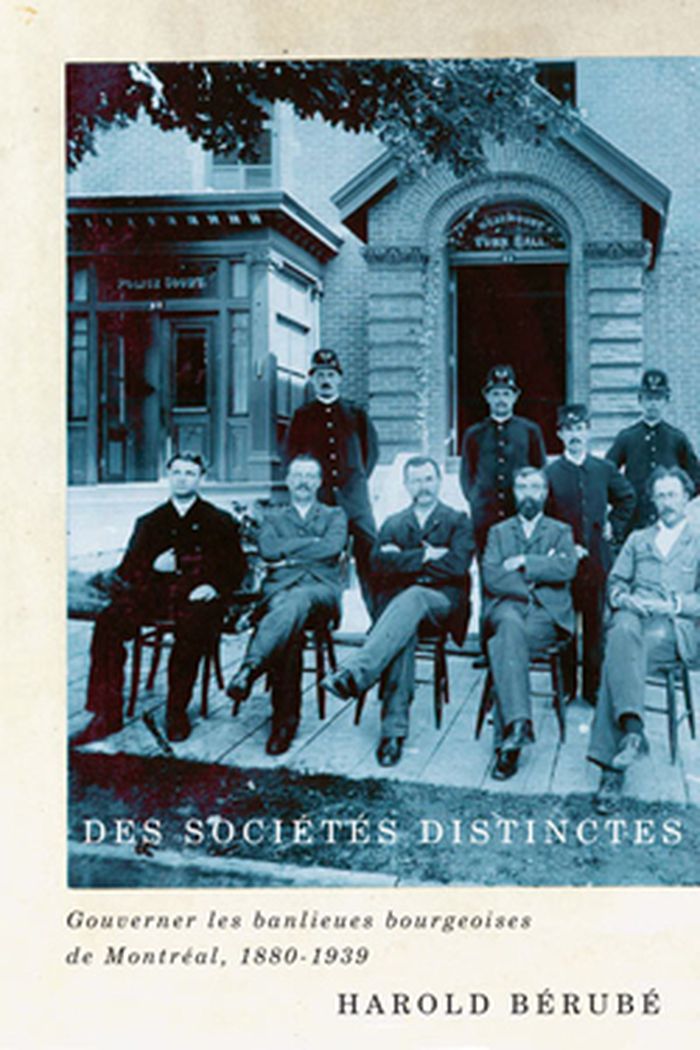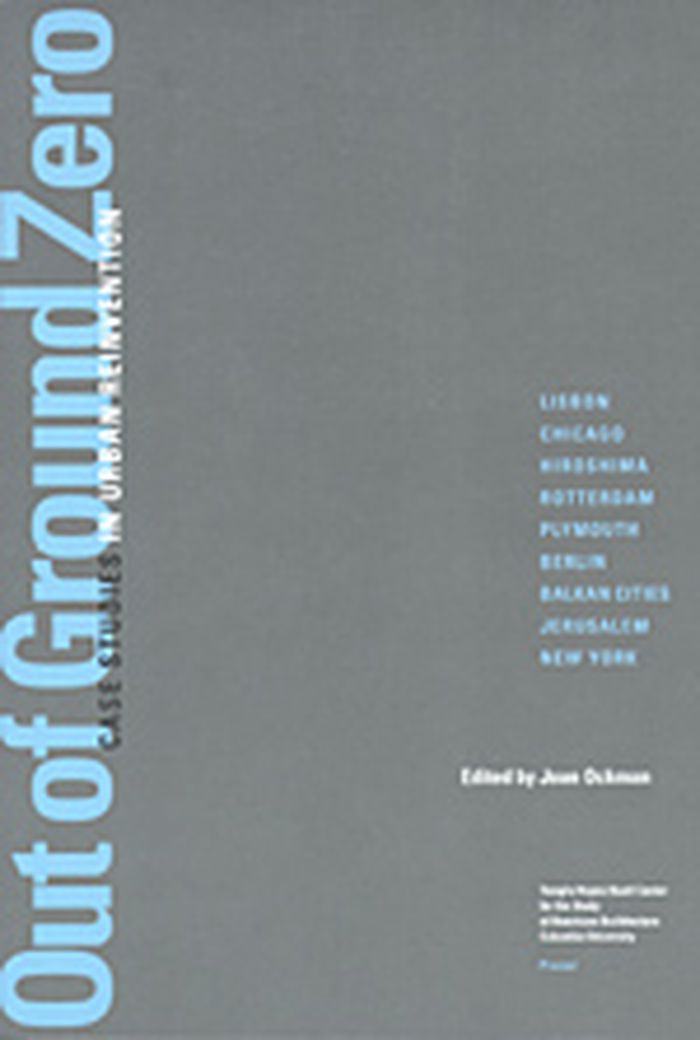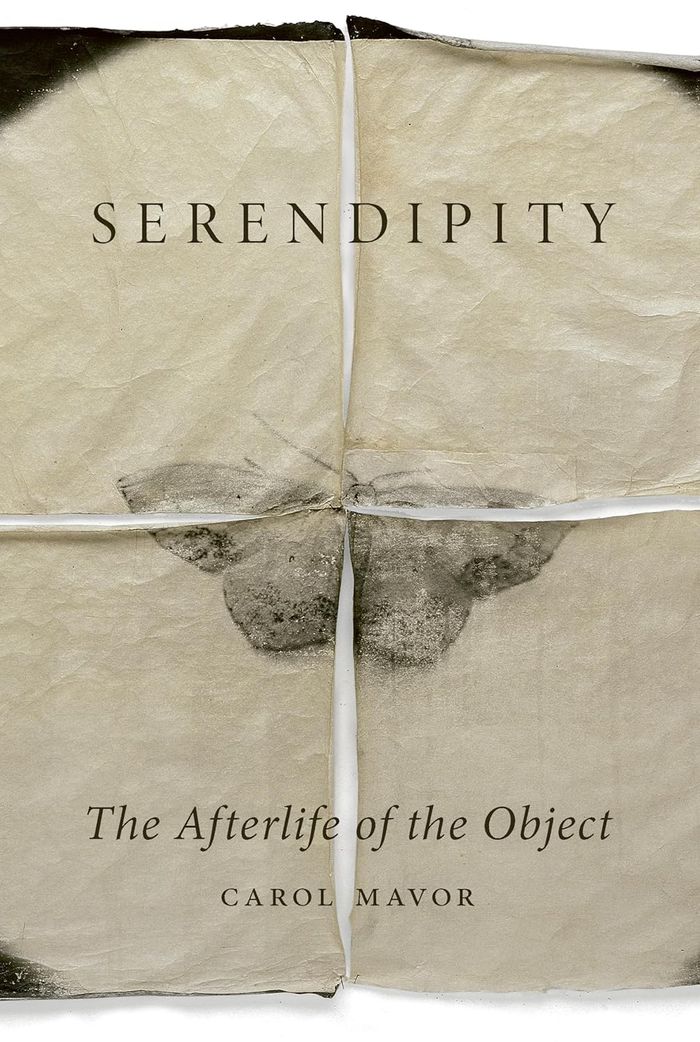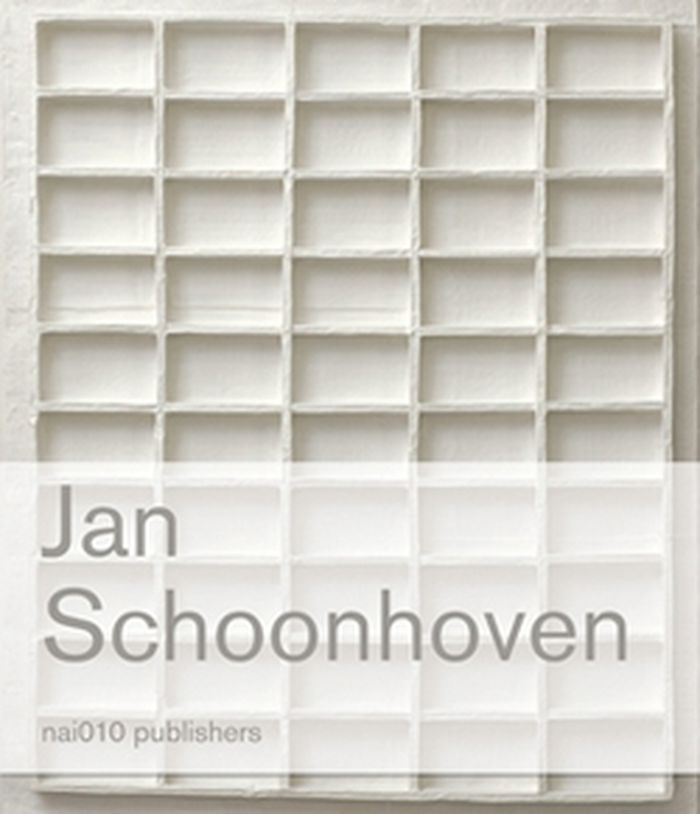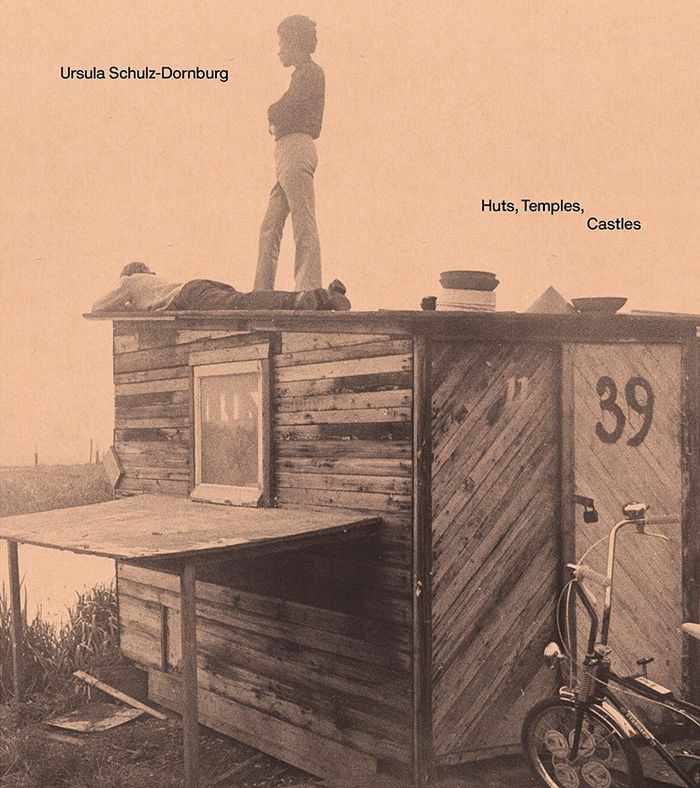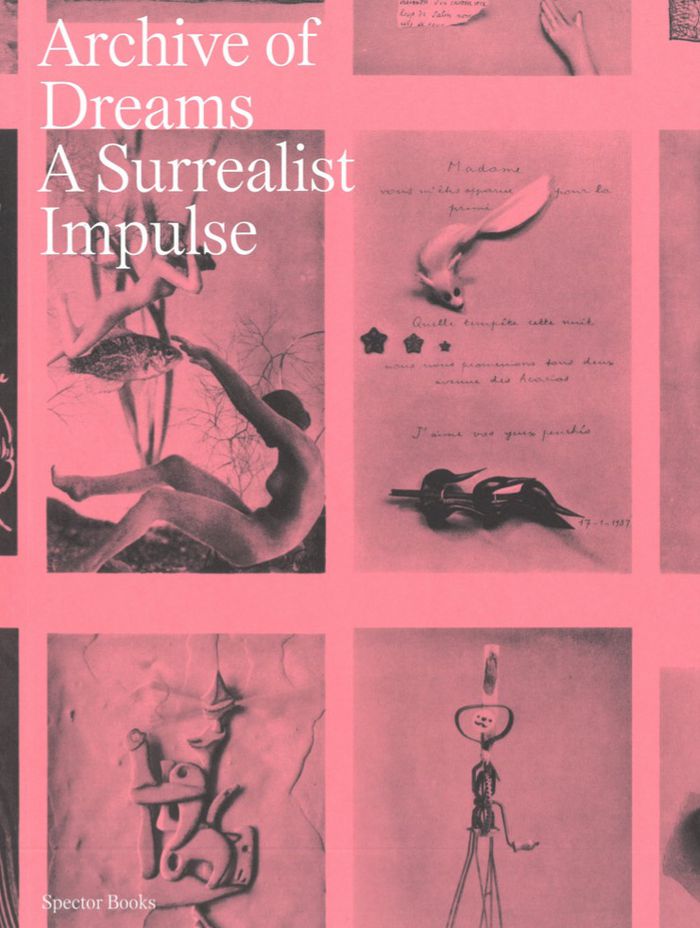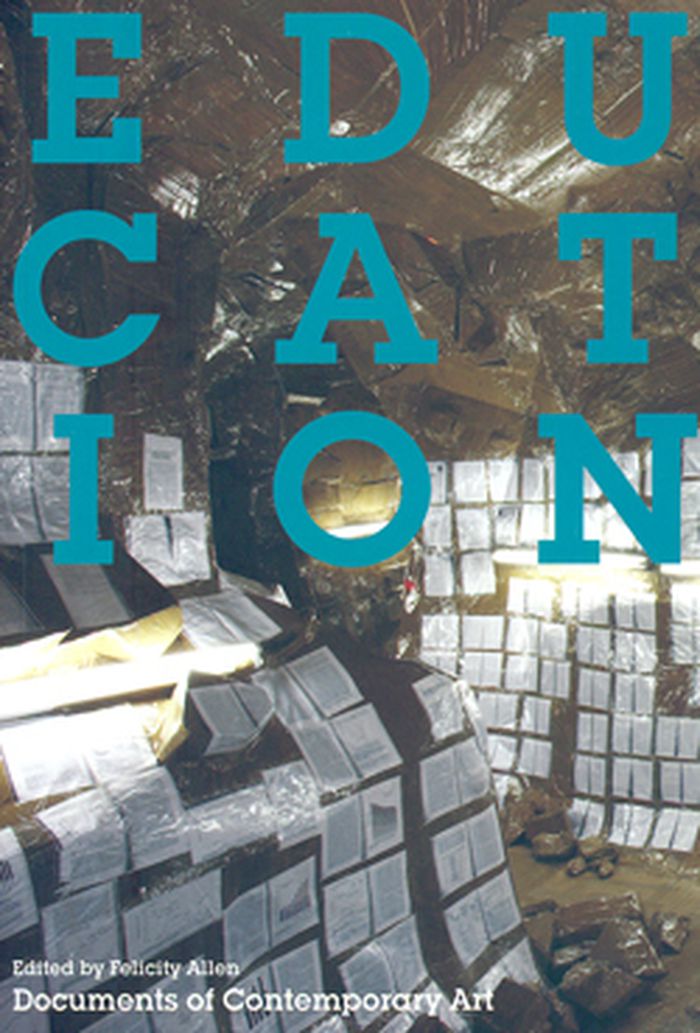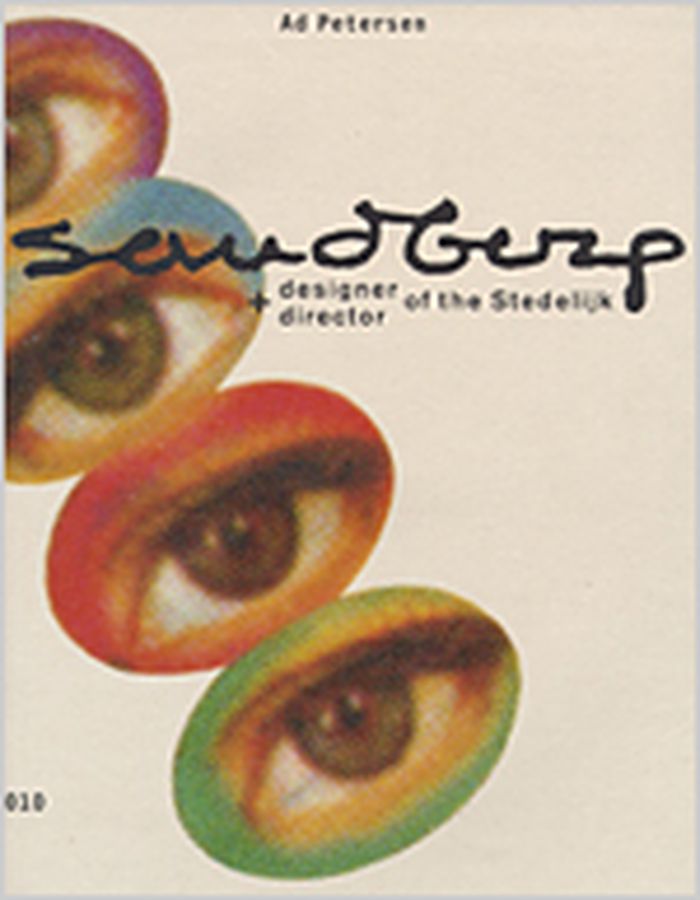Recording Britain
$69.00
(available to order)
Summary:
Recording Britain was an artistic documentary project sponsored by the British government in the late 1930s as the country faced the potentially devastating impact of a second world war. The resulting collection of more than 1,500 watercolors and drawings, by both well-known and amateur artists, is a rich visual record of buildings, landscapes, and livelihoods perceived(...)
Recording Britain
Actions:
Price:
$69.00
(available to order)
Summary:
Recording Britain was an artistic documentary project sponsored by the British government in the late 1930s as the country faced the potentially devastating impact of a second world war. The resulting collection of more than 1,500 watercolors and drawings, by both well-known and amateur artists, is a rich visual record of buildings, landscapes, and livelihoods perceived to be under threat. "Recording Britain "brings together highlights from this extraordinary collection at the V, vivid images of national and regional identity that often portray an idealized account of the country for which its audience, at the time, was fighting. The pictures are discussed in relation to contemporary British artists and photographers such as John Virtue, Conrad Atkinson, Richard Long, and Laura Oldfield Ford, whose work also reflects on a sense of place.
Architecture since 1900, Europe
$37.95
(available to order)
Summary:
In 2006 fifteen suburban municipalities of Montreal partially regained the autonomy they lost during the 2002 mergers. The fact that most of these were affluent suburbs did not go unnoticed. Supporters of the "one island, one city" project saw the demerged municipalities as fiscal and linguistic enclaves refusing integration into the wider metropolitan community, but for(...)
Des sociétés distinctes : gouverner les banlieues bourgeoises de Montréal, 1880-1939
Actions:
Price:
$37.95
(available to order)
Summary:
In 2006 fifteen suburban municipalities of Montreal partially regained the autonomy they lost during the 2002 mergers. The fact that most of these were affluent suburbs did not go unnoticed. Supporters of the "one island, one city" project saw the demerged municipalities as fiscal and linguistic enclaves refusing integration into the wider metropolitan community, but for merger opponents they represented the last political institutions of Quebec's anglophone community, with long-established local identities and distinct political cultures. Harold Bérubé studies three of these "distinct societies" - Westmount, Pointe-Claire, and Town of Mount Royal - between the end of the nineteenth century and the beginning of the Second World War, demonstrating that they were the stage for a distinctive form of suburban governance, rooted in the search for socioeconomic distinction in a quickly changing metropolitan environment.
Architecture de Montréal
$43.95
(available to order)
Summary:
The events that took place on September 11, 2001, in New York City are the background for a series of essays exploring the response of different cities at different times to natural or man-made disaster. How have cities coped with cataclysmic change in the urban fabric both physically and psychologically? How have they memorialized what they have lost, and how have they(...)
Out of ground zero : case studies in urban renewal
Actions:
Price:
$43.95
(available to order)
Summary:
The events that took place on September 11, 2001, in New York City are the background for a series of essays exploring the response of different cities at different times to natural or man-made disaster. How have cities coped with cataclysmic change in the urban fabric both physically and psychologically? How have they memorialized what they have lost, and how have they imagined their future? What have been the effects, in both the short and long term, of these efforts to rebuild the city? From the devastating earthquake that shook Lisbon in 1755 to the Great Chicago fire in 1871; from the bombing of Hiroshima to the destruction of Rotterdam and Plymouth during the second World War; from the cities and towns ravaged by the Bosnian War to the symbolism of the Dome of the Rock in Jerusalem - this book offers varying perspectives on how cities have responded to catastrophic disasters. Following these case studies is a history of destruction and rebuilding in Manhattan, and a reflection on the role of cities in sustaining democratic culture concludes the book. Contributors to this volume include leading urban theorists, architectural historians, cultural critics, architects, and a film-maker.
Urban Theory
$62.00
(available to order)
Summary:
Carol Mavor’s first "happy accident" occurred in 1980 when visiting New York’s Serendipity 3, a dessert café favored by Andy Warhol. Mavor’s memory of eating a frozen hot chocolate became food for thought, nurturing accidental discoveries about art and literature. This book’s happy, yet dark, accidents include Anne Frank’s journal, discovered in the Secret Annex after the(...)
Serendipity: The afterlife of the object
Actions:
Price:
$62.00
(available to order)
Summary:
Carol Mavor’s first "happy accident" occurred in 1980 when visiting New York’s Serendipity 3, a dessert café favored by Andy Warhol. Mavor’s memory of eating a frozen hot chocolate became food for thought, nurturing accidental discoveries about art and literature. This book’s happy, yet dark, accidents include Anne Frank’s journal, discovered in the Secret Annex after the Second World War; Emily Dickinson’s poems, scribbled on salvaged envelopes, hidden in a drawer; and "Lolita", rescued from incineration by Nabokov’s wife Véra. Mavor’s writing is dependent on serendipity’s layers of happenstance, rousing feelings of something that she did not exactly know she was looking for until she found it. All history is about loss, and in the case of this book, much of it is tragic—but "Serendipity" also offers the happiness that can be found in unexpected discoveries.
Art Theory
Jan Schoonhoven
$85.00
(available to order)
Summary:
Over the course of nearly 40 years, Dutch artist Jan Schoonhoven (1914–94) produced works on paper and sculptural reliefs, while maintaining his job as a civil servant employed by the Dutch Post Office. This new monograph places the artist, one of the most important Dutch artists of the 20th century, in an international context, arguing for his role as an influential(...)
Jan Schoonhoven
Actions:
Price:
$85.00
(available to order)
Summary:
Over the course of nearly 40 years, Dutch artist Jan Schoonhoven (1914–94) produced works on paper and sculptural reliefs, while maintaining his job as a civil servant employed by the Dutch Post Office. This new monograph places the artist, one of the most important Dutch artists of the 20th century, in an international context, arguing for his role as an influential player in European art after the Second World War. From his central position in the Netherlandish Informal Group, associated with Art Informel, to his later involvement with the Dutch Nul group, part of the international ZERO network, Schoonhoven participated in two of the most important currents of postwar European abstraction from his hometown of Delft. This volume features many hitherto unknown works and photographs, and sheds new light on the work of the "master of white."
Contemporary Art Monographs
$68.00
(available to order)
Summary:
In the wake of the Second World War, aiming to occupy the children rampaging streets and parks, the City of Amsterdam founded Jongensland, a space where boys (and the occasional, officially disallowed girl) could play, build, create, and destroy, largely without supervision. Without adult intervention, they relied on shared resourcefulness and collaborative ingenuity. In(...)
Ursula Schulz-Dornburg: Huts, temples, castles
Actions:
Price:
$68.00
(available to order)
Summary:
In the wake of the Second World War, aiming to occupy the children rampaging streets and parks, the City of Amsterdam founded Jongensland, a space where boys (and the occasional, officially disallowed girl) could play, build, create, and destroy, largely without supervision. Without adult intervention, they relied on shared resourcefulness and collaborative ingenuity. In 1969, when Ursula Schulz-Dornburg moved to Düsseldorf with her two young children, she discovered Jongensland the other side of the border from Germany’s strictly regulated playgrounds. Fas¬cinated by the improvised buildings where her children would play, she made extensive photographs capturing them being constructed, used, demolished, and reshaped. This book presents Schulz-Dornburg’s largely unseen series alongside an ex¬tended alongside an extended essay by architectural historian Tom Wilkinson reflecting on the architectural themes and lessons Jongensland continues to offer.
Photography monographs
$65.00
(available in store)
Summary:
The book ''Archive of Dreams'' is published in conjunction with the exhibition of the same name that will open the ''Archiv der Avantgarden''. Marking the hundredth anniversary of the first surrealist manifesto and the founding of the Bureau of Surrealist Research in Paris in 1924, the volume is dedicated to the surrealist movement as well as the networks it engendered(...)
December 2025
Archive of dreams: A surrealist impulse
Actions:
Price:
$65.00
(available in store)
Summary:
The book ''Archive of Dreams'' is published in conjunction with the exhibition of the same name that will open the ''Archiv der Avantgarden''. Marking the hundredth anniversary of the first surrealist manifesto and the founding of the Bureau of Surrealist Research in Paris in 1924, the volume is dedicated to the surrealist movement as well as the networks it engendered and the artistic stimuli it provided in the twentieth century. The idea was for the Bureau to collect dream testimonies in whatever form, not only to preserve and analyse them but also to give active expression to them in artistic processes. The publication shows how the practices of the avantgardes blurred the boundaries between dream and reality, between the traditional, passive notion of the archive and the idea of active, innovative artistic experiment — and thus ultimately also between the past, the present, and possible futures. Works and documents from the period before, during, and after the Second World War shed light on the working methods of international artists and the global network they were involved in. They are complemented by diverse reflections on global protest movements and the traumas of war, thus connecting, too, to everyday experiences in a Europe beset by warfare.
$27.95
(available to order)
Summary:
This book will be a resource for all who believe in the importance of art in the wider educational realm. Framing the recent "educational turn" in the arts within a broad historical and social context, this anthology raises fundamental questions about how and what should be taught in an era of distributive rather than media-based practices. Among the many sources and(...)
Education
Actions:
Price:
$27.95
(available to order)
Summary:
This book will be a resource for all who believe in the importance of art in the wider educational realm. Framing the recent "educational turn" in the arts within a broad historical and social context, this anthology raises fundamental questions about how and what should be taught in an era of distributive rather than media-based practices. Among the many sources and arguments traced here is second-wave feminism, which questioned dominant notions of personal and institutional freedom as enacted through art teaching and practice. Similarly, education-based responses by the art community to the catastrophes of World War II and postcolonial conflict critically inform contemporary art confronting the interrelationships of education, power, market capitalism, and--as Michael Hardt and Antonio Negri describe it--the global condition of war. These writings by artists, philosophers, educators, poets, and activists center on three recurring and interrelated themes: the notion of "indiscipline" in theories and practices that challenge boundaries of all kinds; the present and future role of the art school; and the turn to pedagogy as medium in a diverse range of recent projects. Other writings address such issues as instrumentalism and control, liberation and equality, the production and the politics of culture, and the roots of research-based practice and experimental participatory works.
Art Theory
books
$90.00
(available to order)
Summary:
Widely acknowledged as Britain's leading architectural historian, Sir Howard Colvin has been responsible for fundamental research that has helped to bring about a renaissance in English architectural history in the second half of the twentieth century. In this volume, Colvin gathers eighteen new and revised essays written throughout his distinguished career. The(...)
Essays in English architectural history
Actions:
Price:
$90.00
(available to order)
Summary:
Widely acknowledged as Britain's leading architectural historian, Sir Howard Colvin has been responsible for fundamental research that has helped to bring about a renaissance in English architectural history in the second half of the twentieth century. In this volume, Colvin gathers eighteen new and revised essays written throughout his distinguished career. The collection includes five essays never before published, including one which looks afresh at the architectural apparatus of sixteenth-century state entries and another that explores the use of caryatids and other formalized human figures in English architecture from Tudor times onwards. The author also offers reprinted essays, revised where necessary, on such topics as the idea of a "Court Style" in medieval English architecture, the south front of Wilton House, and the infiltration of the Georgian Office of Works by an architectural pressure group led by Lord Burlington. Several essays reflect the author's long-standing interest in the problem of the persistence of Gothic architecture in the sixteenth and seventeenth centuries and its revival in the eighteenth, and another treats his equally long-standing interest in the history of the architectural profession. The author concludes with his recollections of what can now be seen as a golden age of English architectural research in the years following the Second World War.
books
August 1999, New Haven
History until 1900
$72.95
(available to order)
Summary:
W.J.H.B. Sandberg (1897-1984) was a highly individual graphic designer as well as director of the Stedelijk Museum in Amsterdam, which after the Second World War he elevated to a leader among museums of modern art. This book gives a kaleidoscopic picture of Sandberg as the designer of almost all the Stedelijk's posters, catalogues and other printed matter and also shows(...)
Sandberg : designer + director of the Stedelijk
Actions:
Price:
$72.95
(available to order)
Summary:
W.J.H.B. Sandberg (1897-1984) was a highly individual graphic designer as well as director of the Stedelijk Museum in Amsterdam, which after the Second World War he elevated to a leader among museums of modern art. This book gives a kaleidoscopic picture of Sandberg as the designer of almost all the Stedelijk's posters, catalogues and other printed matter and also shows the decisive influence he had on the modernizing of the museum building. The war years 1940-45 brought a turning-point in Sandberg's life. During the German occupation he took an active part in the artists' resistance movement, where he became convinced of the stimulating and provocative role artists could play in society. After the war, with few means at his disposal but with a great sense of purpose, he set about transforming the Stedelijk into a meeting ground where the public could become acquainted with a wealth of contemporary art and design in an informal setting. He gave the old-fashioned building a bright, airy interior and added a transparent new wing. He also provided a generally accessible library at the core of the museum together with a restaurant and terrace. The atmosphere pervading Sandberg's Stedelijk could be attributed to his zestful personality, his talents as a designer and his tireless efforts on behalf of artists and art, driven by a firm social commitment. The author and compiler of this book (born in 1931) spent many years working at the Stedelijk Museum and was a friend of Sandberg.
Graphic Designers, Monographs

